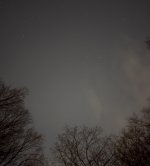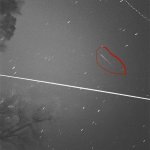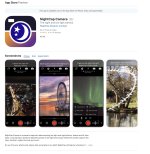JEK
Senior Insider
https://earthsky.org/astronomy-essentials/everything-you-need-to-know-geminid-meteor-shower/
[h=3]How many meteors, when to look[/h][FONT="]The zenithal hourly rate for this shower is 120. But you probably won’t see that many. On a dark night, near the peak of the shower around 2 a.m. (for all clocks), you can often catch 50 or more meteors per hour. On an optimum night for the Geminids, it’s possible to see 150 meteors per hour. A new moon on December 4 means that the peak of the shower coincides with a moon just a few days past first quarter phase. On the evening of December 13, the moon will be more than 77% lit and already above the horizon as darkness falls. The moon will drift across the sky to the west over the course of the night, among the stars of Pisces, setting around 3 to 4 a.m. local time (the time on your clock wherever you are). [/FONT]
[FONT="]This leaves a couple of hours of darkness before sunrise of good meteor viewing.[/FONT]
[FONT="]By the way, this shower favors Earth’s Northern Hemisphere, but it’s visible from the Southern Hemisphere, too. The curious rock comet called 3200 Phaethon is the Geminids’ parent body.[/FONT]
[h=3]How many meteors, when to look[/h][FONT="]The zenithal hourly rate for this shower is 120. But you probably won’t see that many. On a dark night, near the peak of the shower around 2 a.m. (for all clocks), you can often catch 50 or more meteors per hour. On an optimum night for the Geminids, it’s possible to see 150 meteors per hour. A new moon on December 4 means that the peak of the shower coincides with a moon just a few days past first quarter phase. On the evening of December 13, the moon will be more than 77% lit and already above the horizon as darkness falls. The moon will drift across the sky to the west over the course of the night, among the stars of Pisces, setting around 3 to 4 a.m. local time (the time on your clock wherever you are). [/FONT]
[FONT="]This leaves a couple of hours of darkness before sunrise of good meteor viewing.[/FONT]
[FONT="]By the way, this shower favors Earth’s Northern Hemisphere, but it’s visible from the Southern Hemisphere, too. The curious rock comet called 3200 Phaethon is the Geminids’ parent body.[/FONT]







